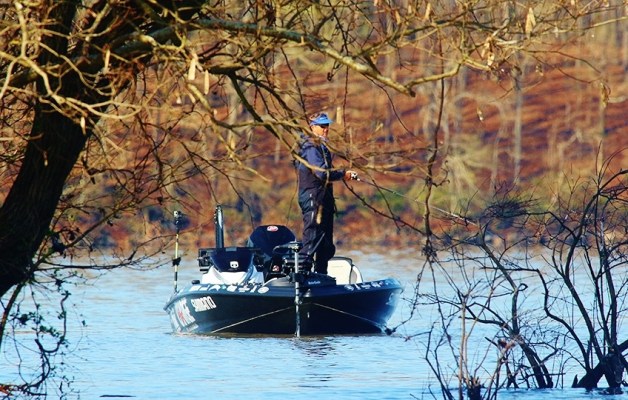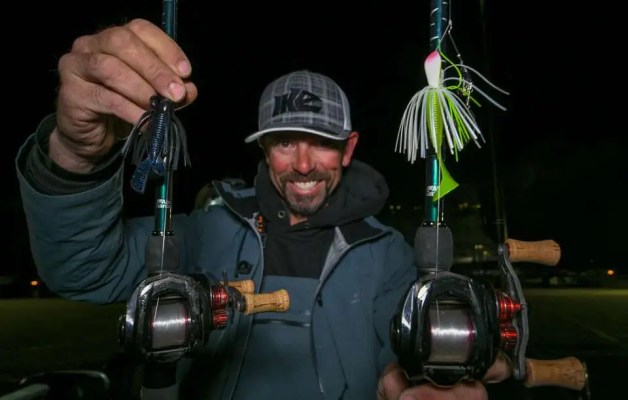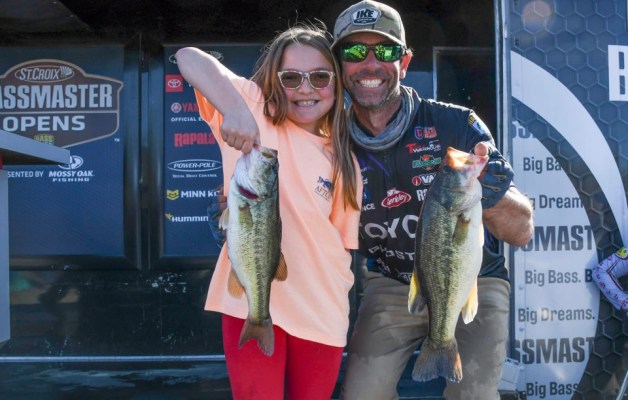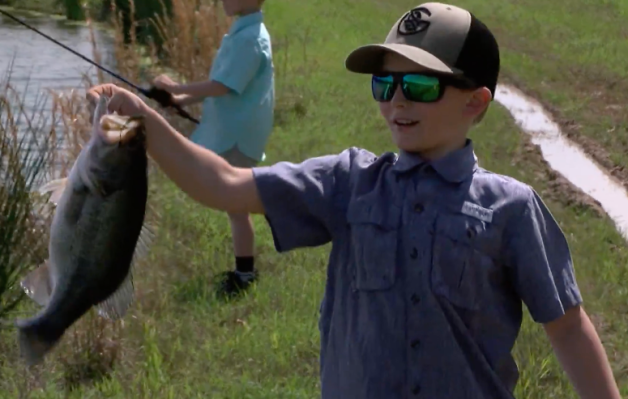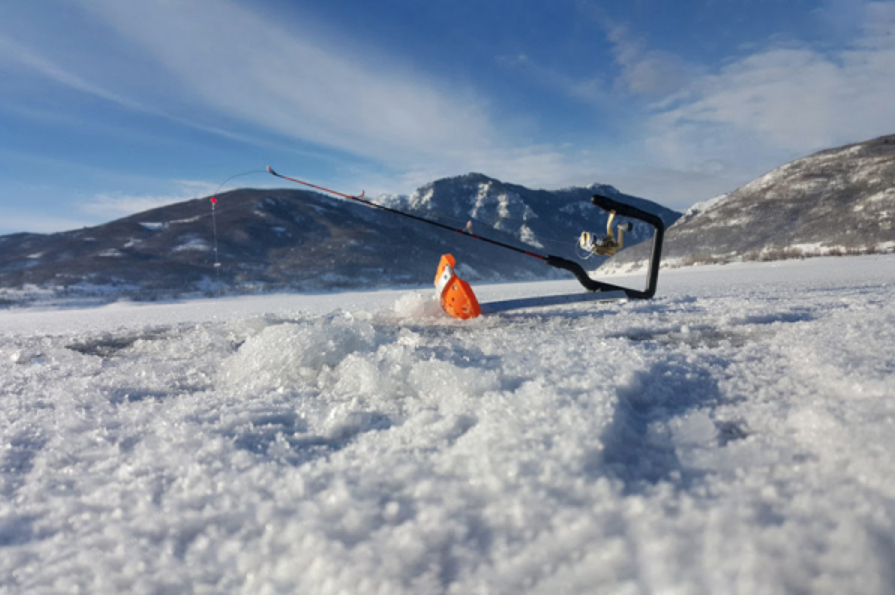
by Kent Sorenson, Assistant Habitat Manager, DWR Northern Region
It’s time to gear up for ice-fishing season. If you’re serious about ice fishing and want to catch more fish, this post is for you.
We’ll go beyond the basics with some tips and direction for those who demand more of themselves when it comes to hauling fish through a hole in the ice. And maybe give you a few ideas for your Christmas list. Let’s get started.
Tip #1 — Choose reliable ice-fishing gear
My first tip is to buy good, reliable gear. You’ll find that you usually get what you pay for. Investing a modest amount on quality tackle will make your days more productive and ensure that you don’t waste your trip wrangling problematic equipment.
Ice-fishing gear doesn’t have to be complicated, but finding what works best for you may require a few trips and a willingness to experiment.
I also recommend tailoring your gear to the size and behaviors of the fish you want to catch. For example, if you want to catch lake trout, you’ll need a rod, reel and line that are heavier than what you’d use for bluegill.
Rods and reels should also be matched to their assigned task. Even though you generally match your gear to a species, you actually match it more to the bait you intend to use rather than the species you plan to catch. For example, you can land a 10-pound fish on a noodle rod, but you can’t effectively work a 3/8-ounce lure with it.
For most panfish (e.g., bluegill and yellow perch), you’ll rarely need to go heavier than 4-pound line. Possibly more important than the line weight, though, is its diameter and behavior in cold weather.
As you learn about the characteristics of various types of fishing line, you’ll find they all have strengths and weaknesses.
We all have slight preferences that can be determined only through experience. I like monofilament line, other anglers like braids and some strictly use fluorocarbon. Rarely is one type of line best for all conditions.
Strive to find a line that is small in diameter and has low spool memory. This will have to be a try-it-and-see moment for most people.
Tip #2 — Make use of electronics
If possible, make use of electronics, particularly sonar. Nothing will build your confidence more than knowing there are fish below you. And nothing will make you a more successful angler than having that confidence.
There are many different sonar (fish finder) options available to ice anglers nowadays. I use a Vexilar, but other manufacturers make great sonar units too.
Some are better than others, but any of them are better than not using one at all. Find one that suits your fishing style and fits within your budget, and you’ll wonder how you ever got along without it.
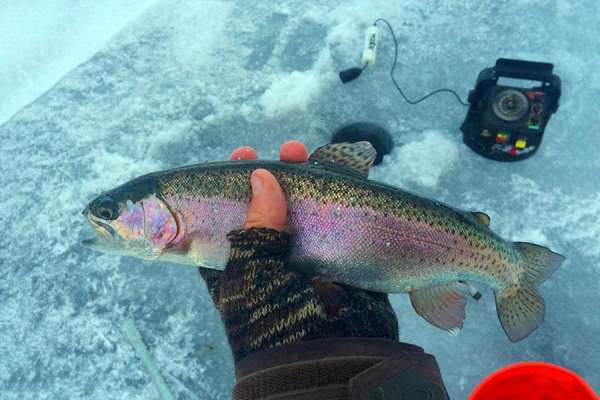
Above all, don’t be intimidated by these units. Watch a YouTube video or two, practice with them for a couple of hours on the ice, and you’ll be completely competent in their use.
Having a good sonar unit can really improve your ice-fishing success.
Other electronic aids include Global Positioning Satellite systems and underwater cameras. Of the two, I find a handheld GPS more helpful, particularly when transferring information I learned while fishing in open water.
I have used an underwater camera, but I found myself watching fish more than fishing. (Now, I extend my trips by letting the kids use it — they’re so entertained, we end up staying longer!)
Smartphone apps have started to make themselves available as well, but I cannot personally comment on their usefulness (other than the weather apps). I would imagine we’ll see an increase in their use in the future.
Tip #3 — Learn more about Utah’s waterbodies and fish species
Become familiar with the different species you’ll likely encounter in the places you plan to fish, or conversely, determine where the species you plan to target are found. For example, if you want to catch yellow perch, it doesn’t make any sense to fish Lost Creek or Causey reservoirs, because neither water has yellow perch in it!
Identify the fish you want to catch and choose your location accordingly. Also, familiarize yourself with the annual dynamics of those waters and the behaviors of the species you’ll target.
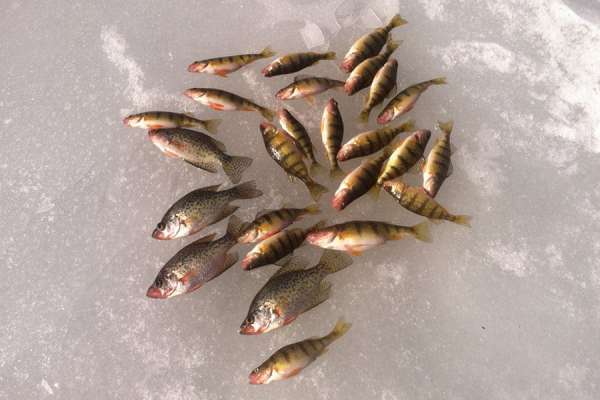
Black crappie and yellow perch are a common catch through the ice at Pineview Reservoir. Visit the Fish Utah website to search for lakes and reservoirs by the species they hold.
There are some traditional and fairly reliable fisheries that can, for the most part, be counted on year after year. Take Pineview Reservoir, for example. You can generally count on it to produce a high catch rate for yellow perch. Some years the perch are small, some years they’re medium-sized and, occasionally, they’re pretty nice.
Other waters are wildly unpredictable. They tend to run in loose cycles and produce a strong year-class of naturally produced fish that dominates the fishery.
The yellow perch fishery at Rockport Reservoir is a good example of this. It’s great when it happens, but a total waste of your time when it’s between peaks.
Tip #4 — Take advantage of technology
If you really want to dig into the waterbody you plan to fish, various technological tidbits available today can help a lot during the winter months:
- Aerial views of waters
- Water level fluctuations tracked over time
- Inflow and discharge of popular reservoirs
- GPS points you saved while fishing in the summer
Resources are readily available online: the Bureau of Reclamation has charts that track reservoir water levels, Google Earth has fabulous aerial photos in time series, commercial ventures (such as Navionics) have sample bathymetric maps for some local waters.
With just a bit of looking, you can find some great tools to supplement the DWR’s online stocking and fishing reports.
Some additional tips
Ice fishing is your ticket to catching some of Utah’s biggest fish! The ice allows you to access areas you’d need a boat for during the rest of the year.
- Be mobile. Don’t ever, ever, ever stay somewhere that is not producing fish. If I’m not getting bites in 15 to 30 minutes, I’m off to find a new spot.
- Learn a bit (or more) about the behavior of the species you want to catch.
- Learn from slow days by keeping a journal and noting what did and didn’t work. If you tried a particular technique, for example, and it didn’t work, note the conditions that day. It’s possible the technique might work under different conditions. Also, note your ‘near misses’ (e.g., the day anglers around you hooked fish using a bait you didn’t have, or realizing you should have packed up and moved to a new spot sooner) and look for ways to improve. Keeping a journal is a great way to keep you from making the same mistakes on subsequent trips.
- Don’t follow “hot bites” on the Internet. Find your own hotspots. There’s as much misinformation floating around message boards and fishing reports as good information.
- Learn to fish by fishing with experienced ice anglers, not simply reading the message boards or fishing reports mentioned above. Don’t expect it to all happen at once: pay your dues, and earn a spot in a network of experienced anglers. Once it becomes obvious you can ‘walk the talk,’ experienced anglers will see value in what you have to share and will begin to share information with you more freely. Nobody starts out as a Jedi Master: you must be a Padawan first!
- Have a basic understanding of what the bottom of the lake you want to fish looks like. Learn the depths at various locations and where the humps, ridges and changes in substrate are located. Pairing that information with the preferences and behaviors of the fish you want to catch can really increase your catch rate.
- Develop a basic understanding of limnology (the scientific study of fresh water, such as lakes and ponds, with reference to their physical, geographical, biological, and other features).

